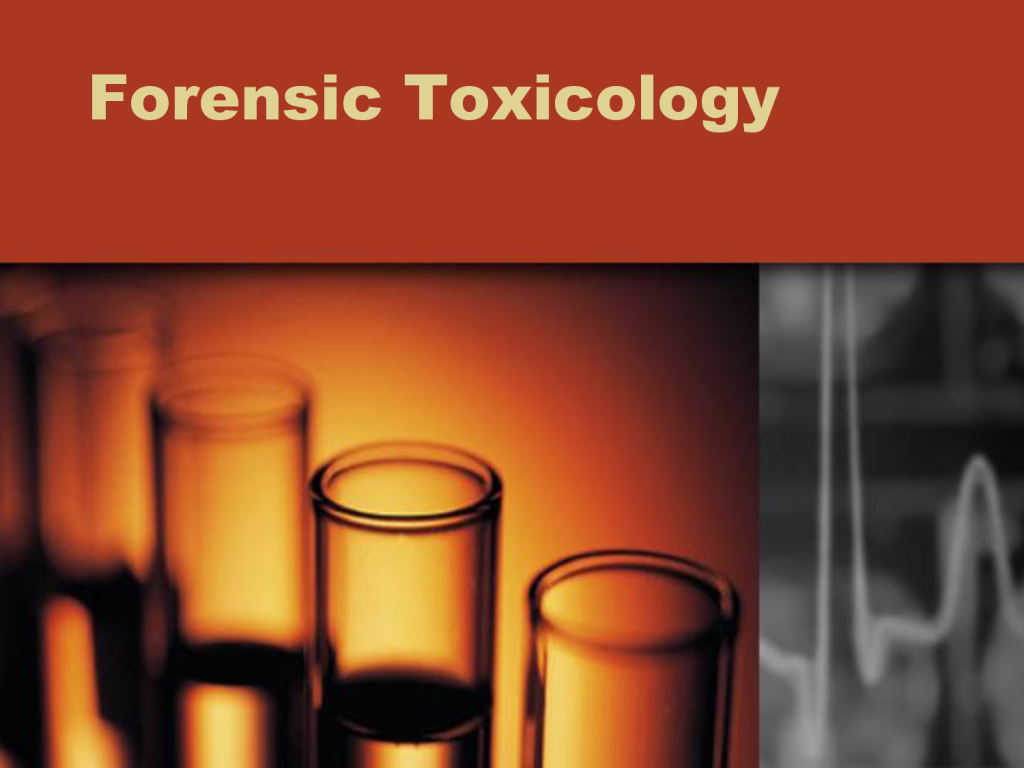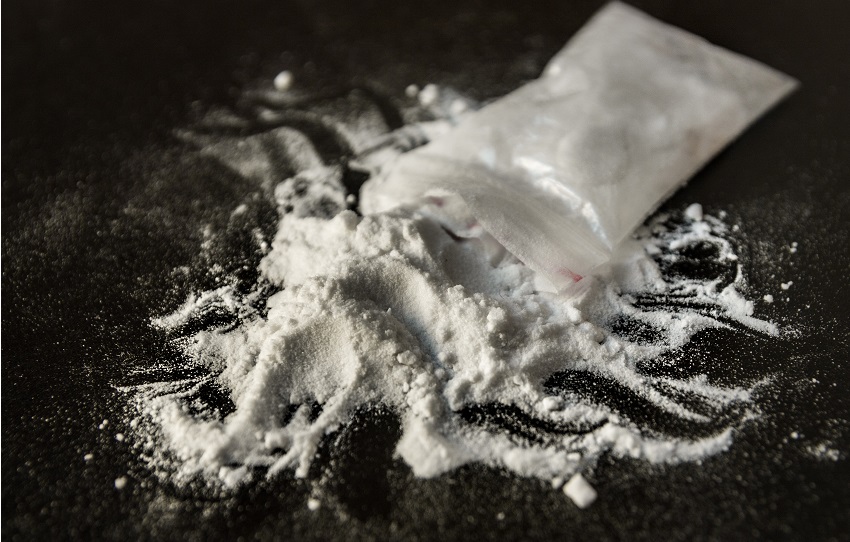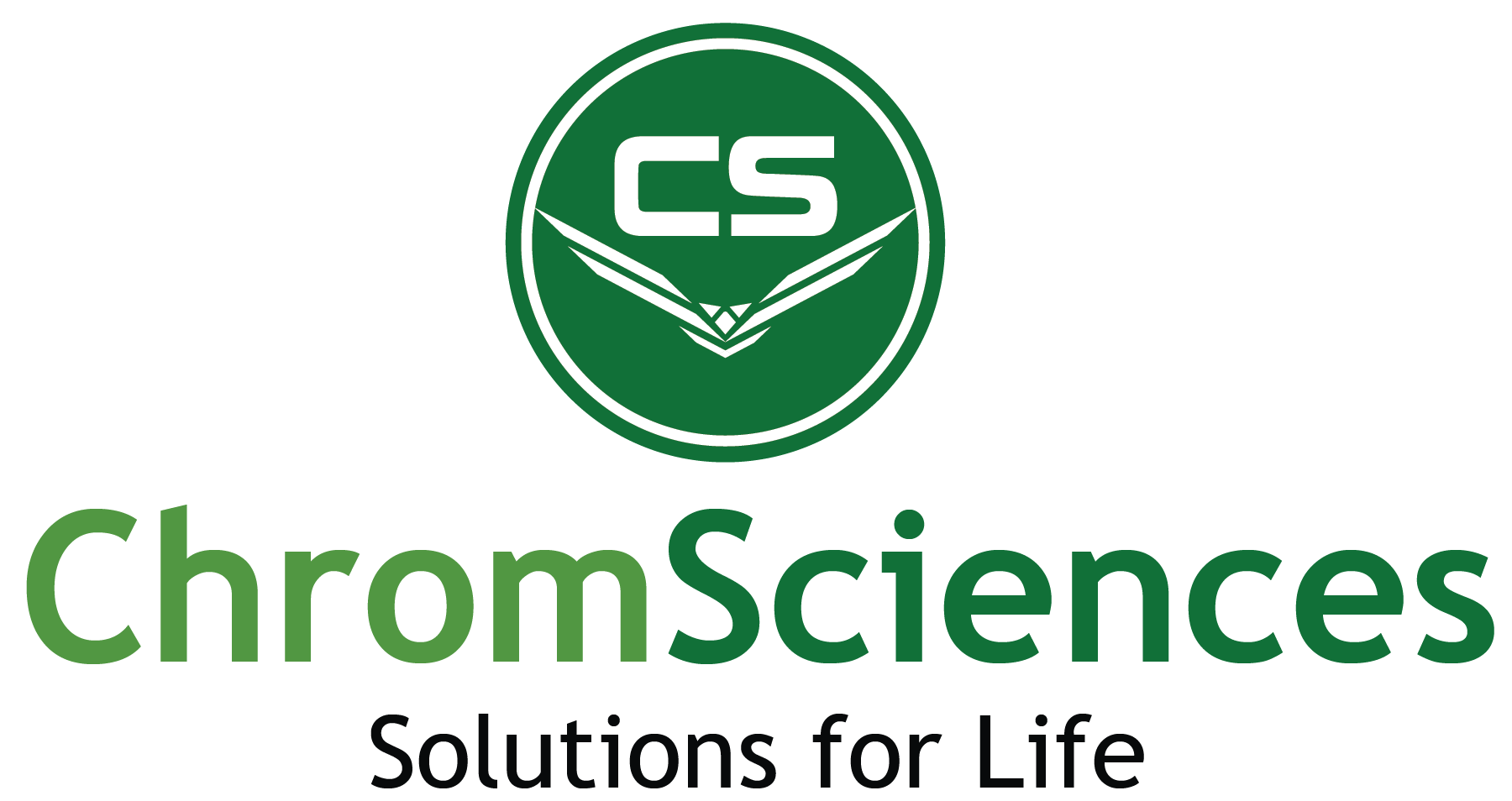
Forensic Toxicology analysis determines the absence or presence of drugs and their metabolites, chemicals, volatile substances, gases and metals in human tissues and other materials for law enforcement purposes. While traditionally an investigation of known compounds, the field of Forensic Toxicology is expanding into the identification of unknown compounds. Primary applications include post-mortem testing, driving under the influence (alcohol and illegal drug analysis) and sports/anti-doping testing.
Today, a developing area in Forensic Toxicology is the increasing use of Designer Drugs – synthetic analogs of illegal drugs developed to circumvent drug laws, i.e. bath salts, ecstasy, ketamine and methamphetamine. Analyzing these drugs can be difficult in both bulk format and in body fluids due to matrix interferences. ChromSciences offers a combination of separation technologies, and powerful libraries to manage this challenging problem.
The field of Forensic Toxicology has further expanded beyond the traditional matrices of blood and urine to include hair, oral fluids and sweat.

Designer Drugs
Designer drugs are compounds which are chemically and pharmacologically similar to controlled substances that are formulated specifically in an attempt to bypass existing drug laws and regulations. These compounds are often a threat to human health and have been known to be lethal. Analyses of these compounds can be difficult in bulk format as well as in body fluids.

Oral Fluid Analysis
Oral fluid is increasing in popularity as a forensic drug testing matrix due to its ease of collection, difficulty of adulteration, and improved technology allowing for expanded drug test profiles. Oral fluid analysis is used in workplace drug testing, criminal justice, roadside collection, post-accident, and “for cause” testing.
